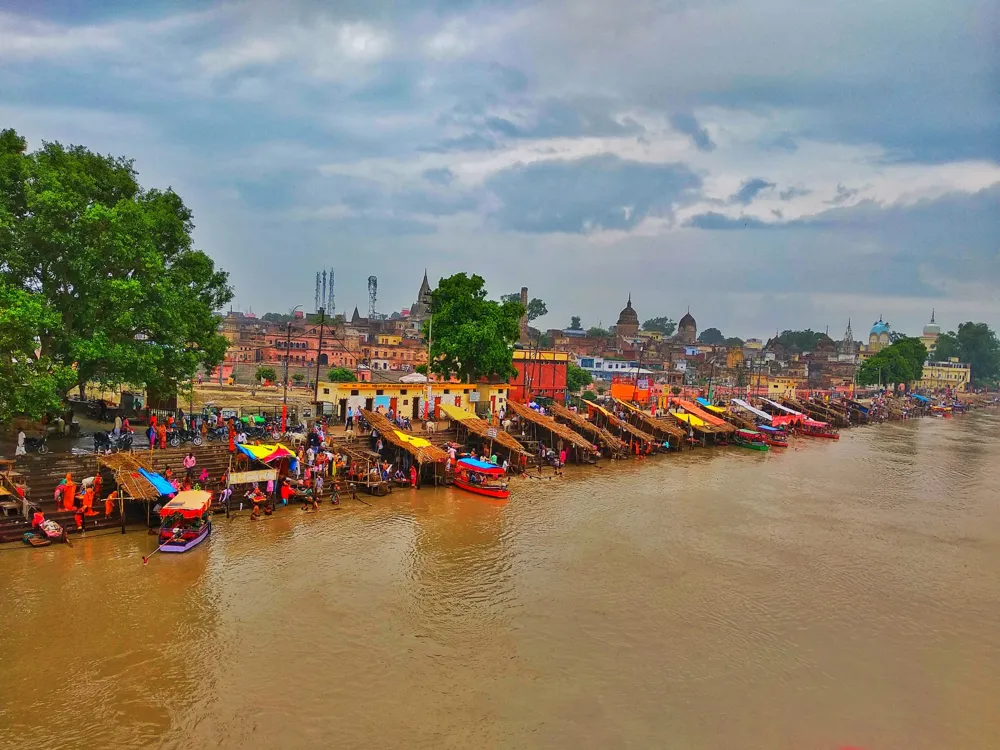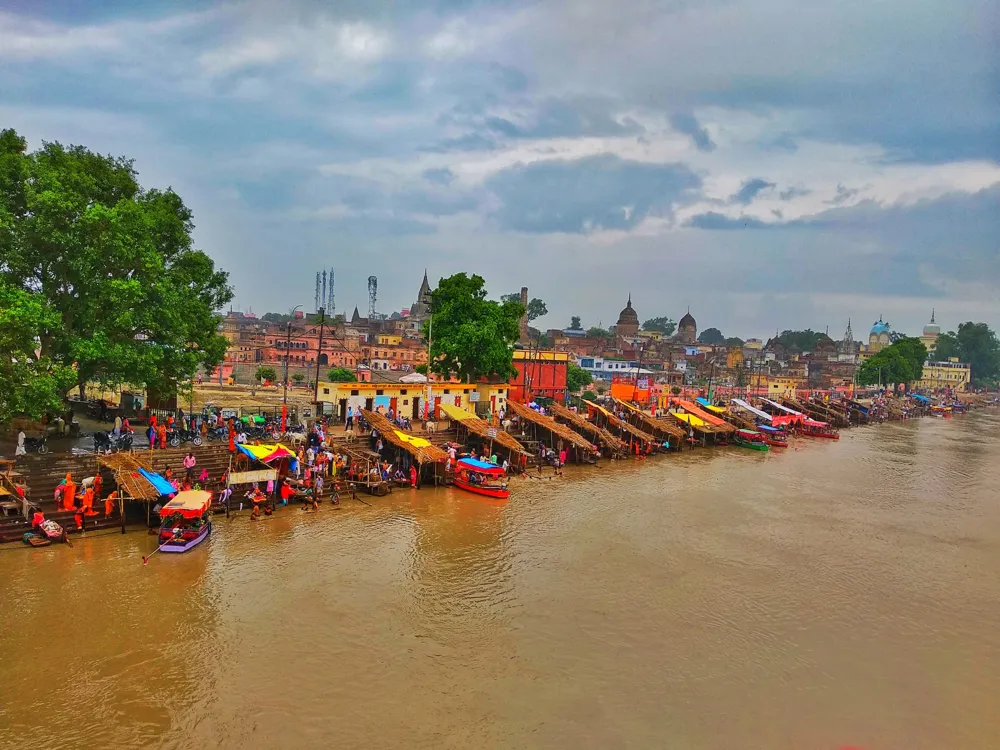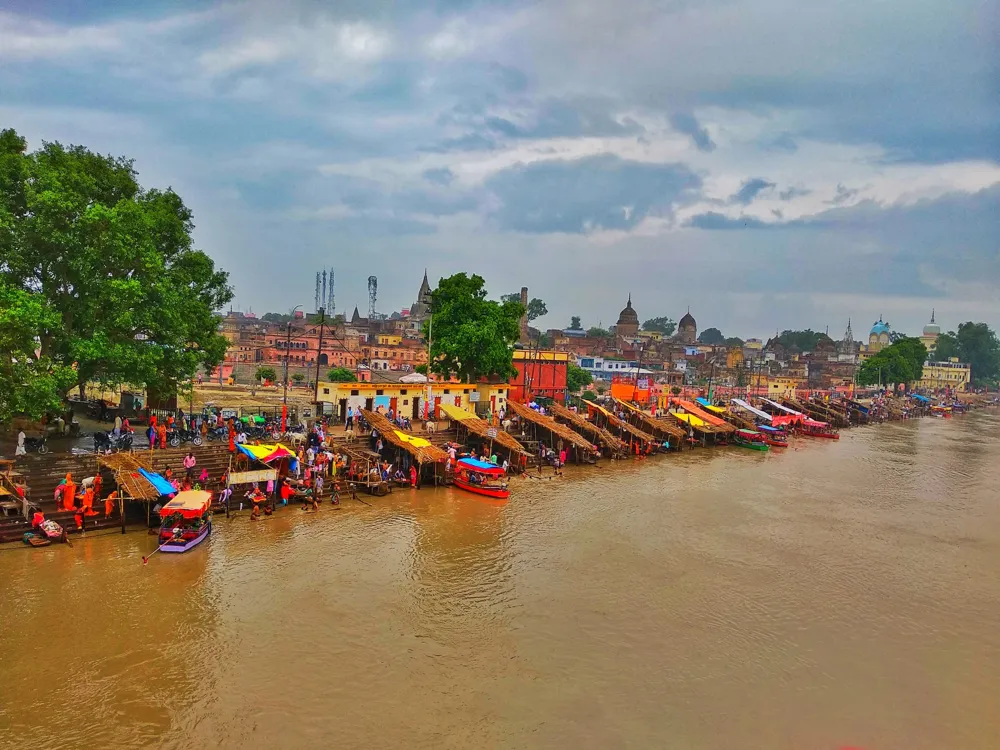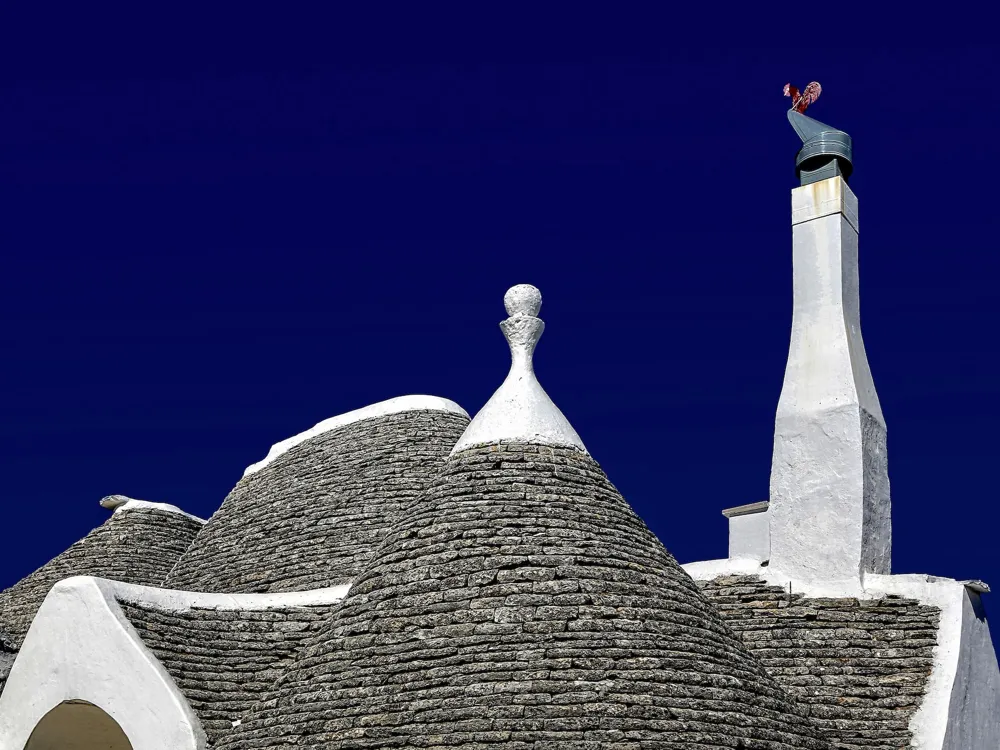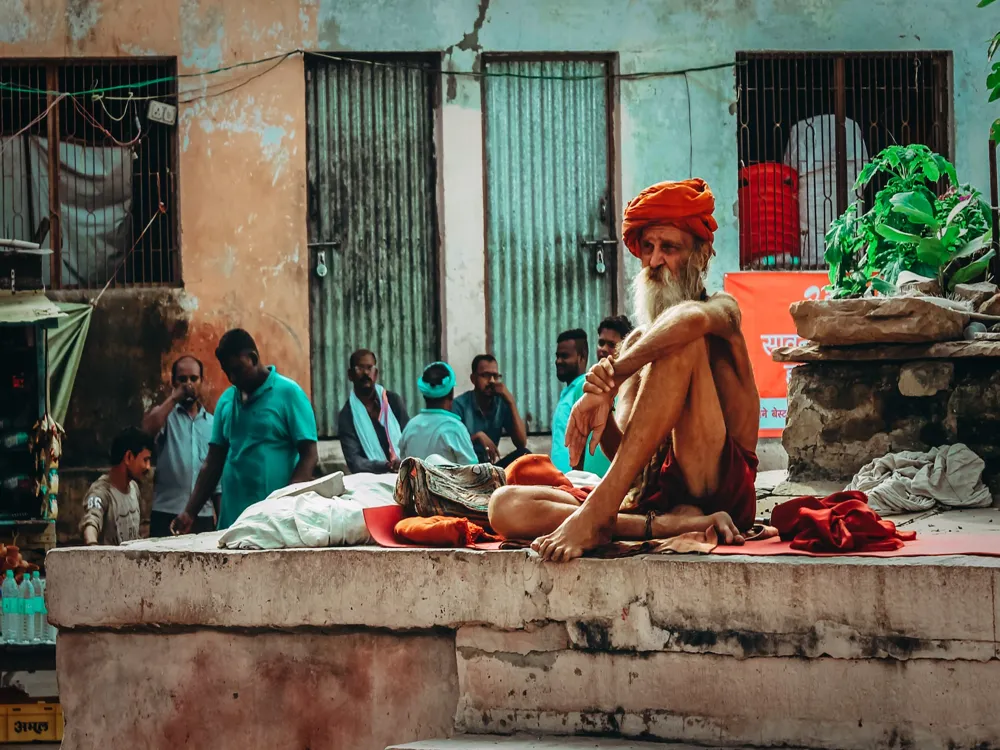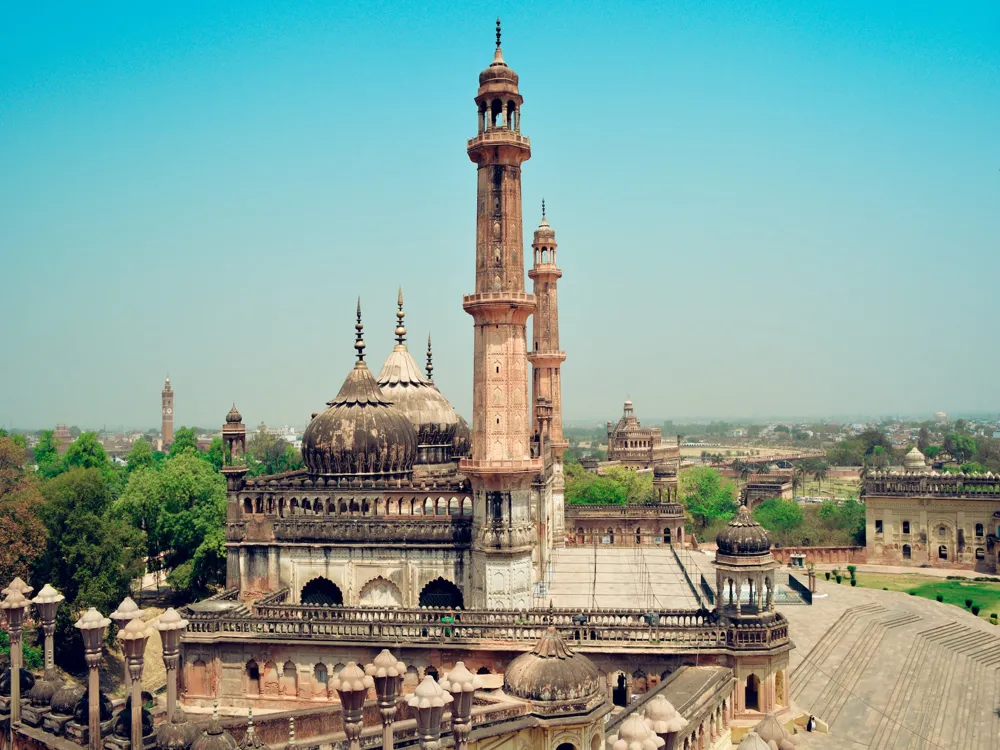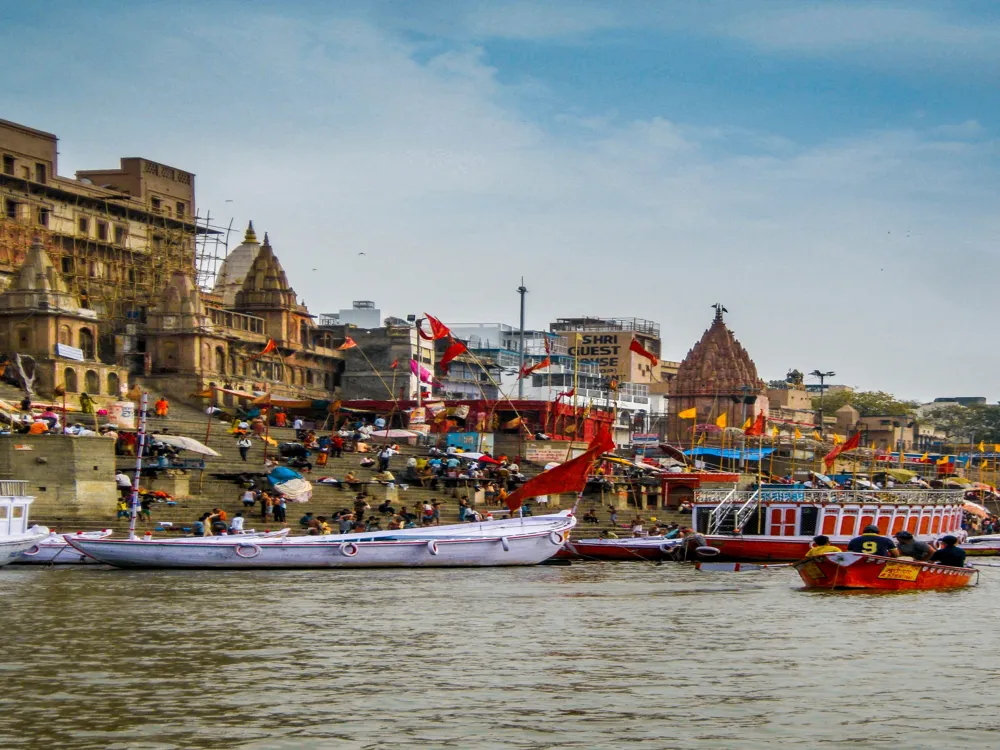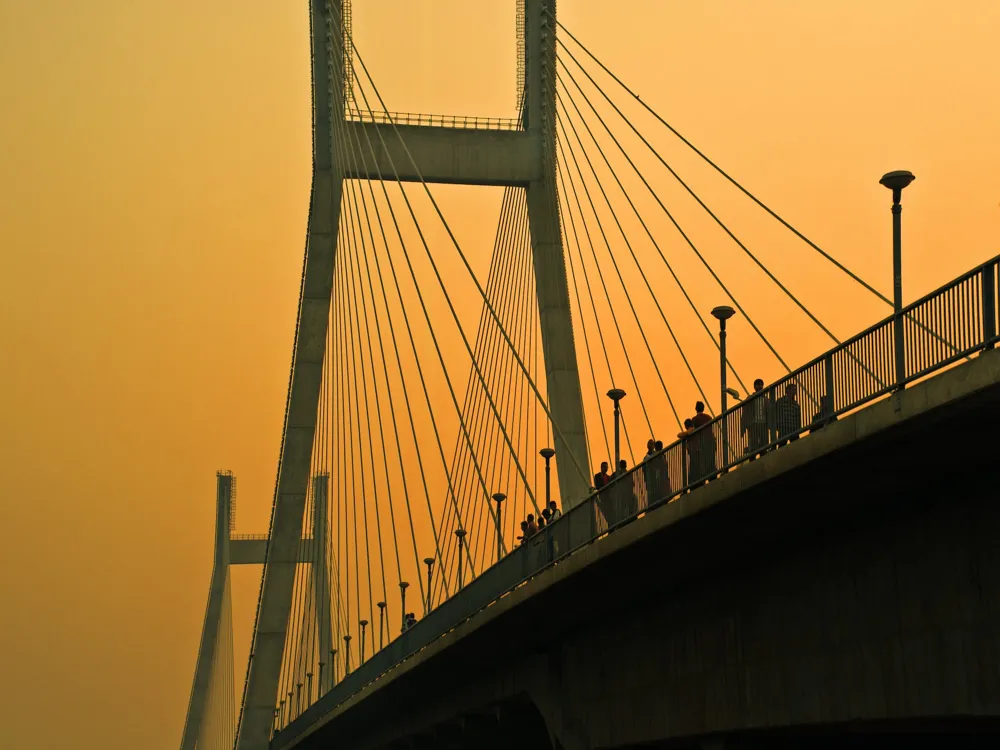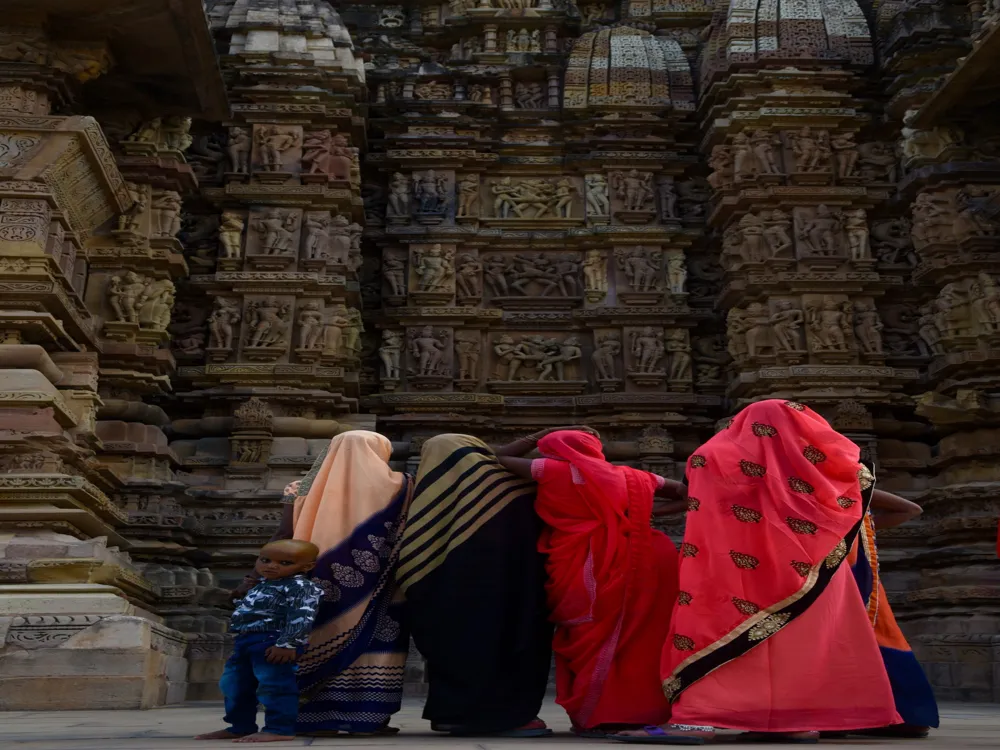Overview of Dashrath Bhavan in Ayodhya, Uttar Pradesh
Dashrath Bhavan, nestled in the heart of Ayodhya, Uttar Pradesh, is a literal and artistic corner that beckons callers with its rich heritage. This majestic structure is believed to have been the palace of King Dashrath, the father of Lord Rama, the central figure in the grand Ramayana. The Bhavan, with its intricate armature and deep-confirmed history, offers a witching regard into the ancient period of Ayodhya.
The significance of Dashrath Bhavan extends beyond its architectural sensations. It stands as a symbol of the megacity's enduring heritage and its vital role in the Hindu epic. The Bhavan isn't just a monument; it's a trip through time, offering perceptivity into the life and times of King Dashrath and his royal family. It's a place where tradition intertwines with history, bringing to life the stories that have shaped Indian culture and religion.
Callers to Dashrath Bhavan are saluted with admiration for inspiring structures that reflect the architectural prowess of ancient India. The Bhavan, with its grand yards, ornate pillars, and elaborate busts, transports one back to the defunct period of lords and queens. The point also holds immense religious significance, being a part of the Ramayana trail that attracts millions of addicts annually.
The trip through Dashrath Bhavan isn't just about exploring an ancient palace; it's an experience that connects individuals to the spiritual and artistic roots of Ayodhya. Whether it's the intricate designs that beautify the walls or the serene air that permeates the demesne, the Bhavan is a testament to the cultural and spiritual heritage of India.
Located in the heart of the megacity, in Ramkot Ayodhya, in Faizabad, Dashrath Bhavan is the original hearthstone of King Dashrath, the sovereign of Ayodhya and father of Lord Sri Ram. Popularly known as Bada Asthan or Badi Jagah, the Dashrath Mahal houses magnificent sanctuaries for King Ram. Believed to have housed Lord Rama's nonage and King Dasharath's capital, this suitable palace hosts a decorated and ornamented entrance with beautiful oils. Within the palace, there are saffron-sheathed monks chanting mantras, singing, and dancing.
Although fairly lower than the superlative of a palace, the Dashrath Bhavan is a definite attraction during festivals such as Ram Vivah, Karthik Mela, Diwali, Ram Navami, and Shravan Mela.
The architecture of Dashrath Bhavan
The armature of Dashrath Bhavan in Ayodhya is a splendid illustration of ancient Indian artifice blended with religious significance. The Bhavan's design is a harmonious blend of colorful architectural styles that have evolved over centuries. Its layout and structure are allowed to be determined by the traditional Vastu Shastra principles, which are apparent in the exposure and spatial arrangement of the complex.
One of the most striking features of Dashrath Bhavan is the intricate busts and puppets that beautify the walls and pillars. These busts depict scenes from the Ramayana, showcasing the life and adventures of Lord Rama, along with other divinities and mythological numbers. The attention to detail in these busts is a testament to the skill and fidelity of the crafters of the time.
The Bhavan's architecture also reflects the socio-artistic aspects of the period. The use of original accessories, the construction methods, and the overall design are reflective of the region's architectural traditions. The palace complex includes several halls, yards, and tabernacles, each with its own unique features and significance.
Likewise, the integration of natural rudiments like water bodies and auditoriums in the Bhavan's design highlights the ancient Indian engineers' emphasis on harmony with nature. This mix of architectural beauty, literal significance, and spiritual substance makes Dashrath Bhavan a masterpiece of artistic heritage.
Tips for Visiting Dashrath Bhavan
Best Time to Visit
The ideal time to visit Dashrath Bhavan is from October to March, when the rainfall is affable, making it conducive to disquisition and sightseeing.
Respecting Local Customs
Visitors should dress modestly and remove their shoes before entering any religious areas within the Bhavan complex.
Guided Tours
Opting for a guided stint can enhance the experience, furnishing deeper perceptivity into the Bhavan's history and armature.
Photography Guidelines
While photography may be allowed in certain areas, it's important to respect any restrictions, especially in sacred spaces.
How To Reach Dashrath Bhavan
Dashrath Bhavan is easily accessible from the colorful corridor of Uttar Pradesh. Ayodhya, being a prominent passage point, is well-connected by road, rail, and air. The nearest airport is in Faizabad,, from where one can hire hacks or take motorcars to reach Ayodhya. The Ayodhya road station is well connected with major metropolises in India, making it accessible for travelers to visit. Also, state-run and private motorcars ply regularly to Ayodhya from different corridors of Uttar Pradesh and bordering countries.
READ MORE:-











